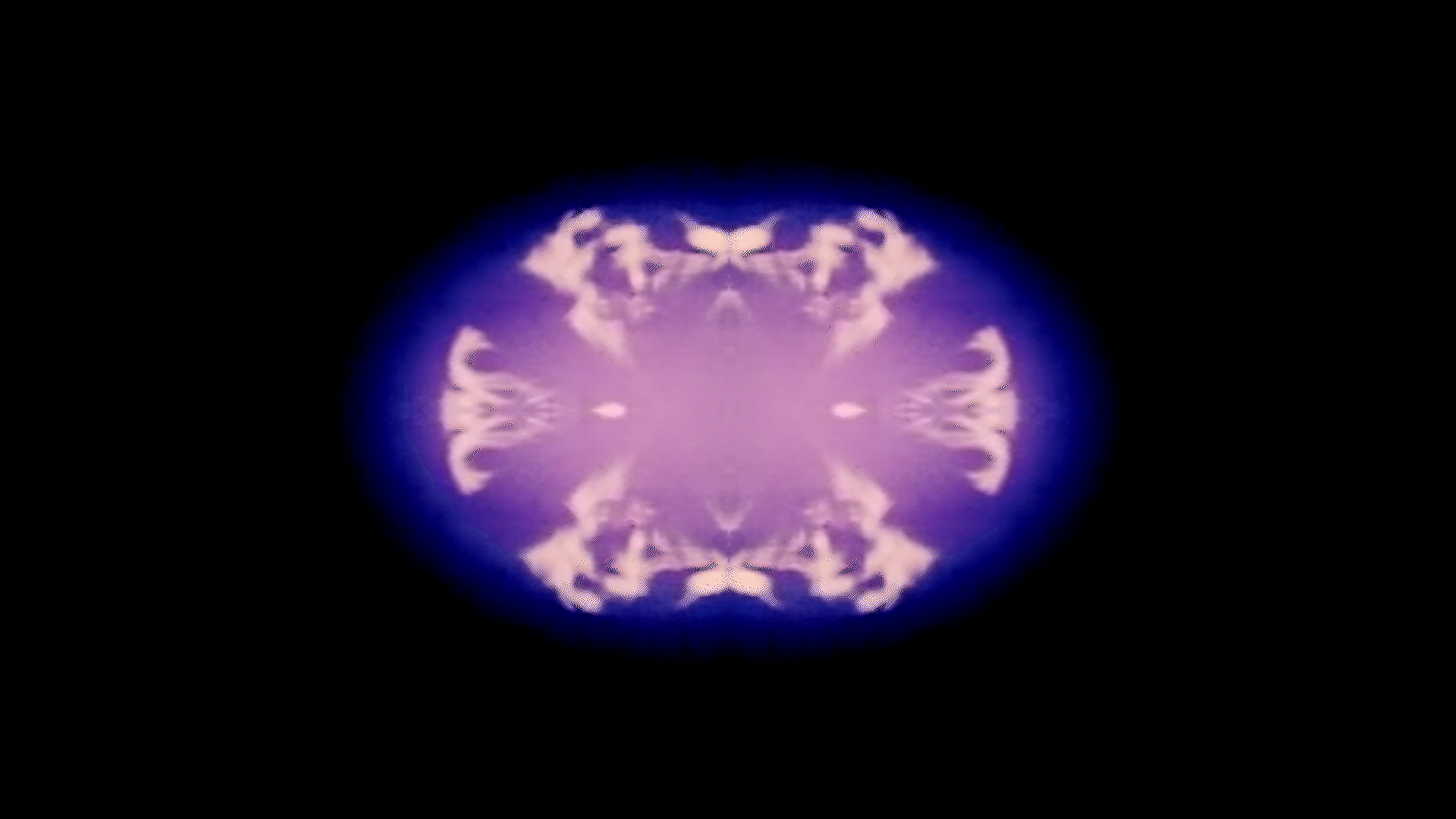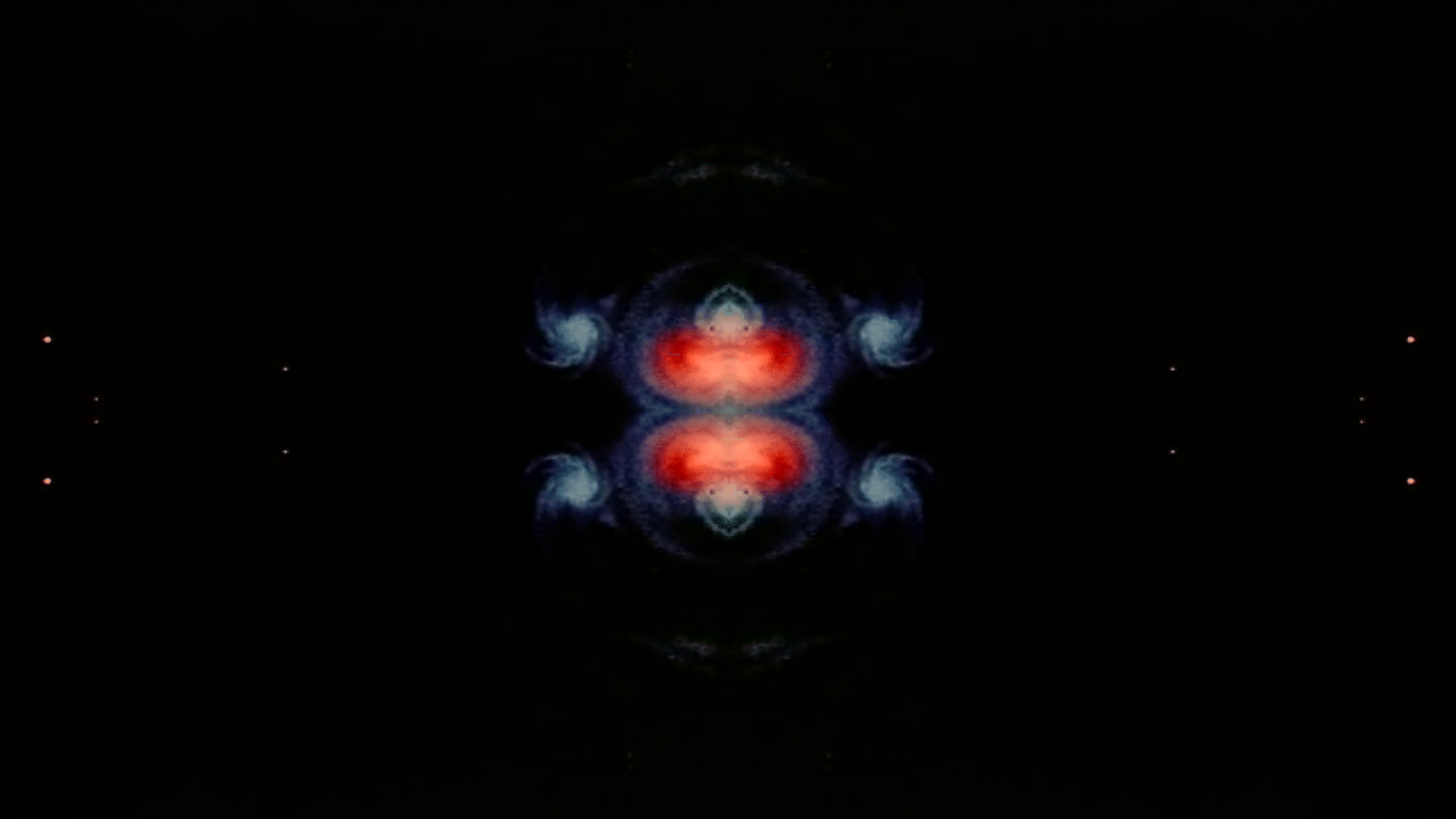
Creating Life.
A cooperation with Future Based
Being alive means being a wave, moving through matter and space. We continuously exchange cells and molecules with our environment and other living beings by something as simple as breathing, eating, moving. Our ever-changing, composite bodies are held together by equal parts human and microbial cells, our dna is mostly of viral not primate origin and cells of our siblings may reside in our hearts’ architecture. Visible and unseen connections are forged between species and across generations.
For philosophy platform Future Based Marjolein engages in exploratory conversations with philosophers, naturalists, scientsists and artists about how life is created and sustained on our planet resulting in four podcasts and a video collage.
Life Cycle
“I have three hearts.”
~ poet Warsan Shires
This first part of the Creating Life video essay revolves around Life Cycles. How are we created and born? When does one individual (the pregnant superorganism) become two? What, if any, are the entities that persist throughout birth? What about cloning microbes and plants and the haploid and diploid generations of plants? Where does one generation begin and another end?
Multitudes
“I am large, I contain multitudes.”
~ poet Walt Whitmann
In the second part I focus on the entities that are a part of us. We are overgrown with a microbiome which is sometimes called a separate organ, but it’s so deeply entrenched that these microbes, are actually considered a part of you. I’ll also explore micro- and macrochimerism, which leads to healthy, breathing beings composed of multiple individuals.
Networked Beings
“Life did not take over the world by combat, but by networking.” ~ Evolutionary biologist Lynn Margulis
Life is only possible if we work together, beautifully illustrated by the mother beech tree that grows next to my house. She sends her baby saplings nutrients via a fungal network in a mutualistic long-term cooperation. Scientists talk about the ‘wood wide web’ to describe this mycorrhizal network. This episode explores where species begin and end and whether we need a broader definition of entitie or beings. Is the tree an individual being, or is it the combined network or the whole forest, or even earth?
Listen to four exploratory dialogues
Welcome to the podcast series Creating Life for Future Based. In these podcasts you will listen in on conversations between Marjolein Pijnappels and scientists and artists about topics as diverse as human birth, plant-fungal interactions and the pan-microbiome. These interviews are open-ended, exploratory dialogues and part of Marjolein’s research effort to figure out what it means to create life and be alive and what defines a human being in all that.
Episode 1: Waves of Identity
In the first episode of the Creating Life podcast series Marjolein interviewed philosopher and naturalist Dan Molter of the University of Tennessee. His gen-identity theory about organisms being waves sheds a striking new light on what it means to be a living organism. Even though not a single cell of when you were born remains today, you am still the same, for you are like a wave, moving through matter and time. Consuming and shedding parts of yourself as you roll through life.
Episode 2: A Central Human Condition
You were once a part of your mother. That is the central thesis of the second podcast interview with professor Elselijn Kingma of King’s College London, who studies the metaphysics of pregnancy. She proposes that foetuses are parts of their mother during pregnancy. This challenges our concept of self, of our individuality and the healthcare we provide the mother-child dyad during and after pregnancy.
Episode 3: Transgressing Border Narratives
You could say that we are in constant communication with plants around and within us, when we consume them, they become part of us. When considering plants, do we realize these are complex creatures that communicate and connect with each other. Are plants really that alien from us or could plants be persons? These questions are explored in the third podcast interview with Špela Petrič, an Amsterdam and Ljubljana based new media artist trained in the natural sciences.
Episode 4: You Contain Multitudes
A researcher found female cells in a male foetus’ heart. It was the mother that had nested herself inside her son, whose cells became part of her son’s heart’s architecture. In You Contain Multitudes you can listen in on professor J Lee Nelson of Fred Hutchinson’s Cancer Institute in Seattle discussing microchimerism’s wondrous impact on our lives.

Research and interviews Marjolein Pijnappels Project coordinator and podcast edit Sabine Winters, Future Based Video concept Marjolein Pijnappels and Reon Cordova Video edit Marjolein Pijnappels Audio edit Reon Cordova Original video ‘Universe’ by the National Aeronautics and Space Administration (NASA), 1976





